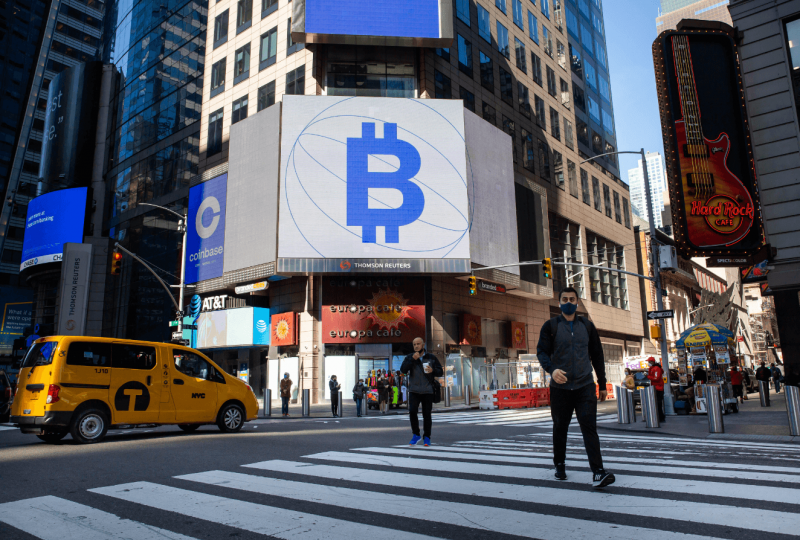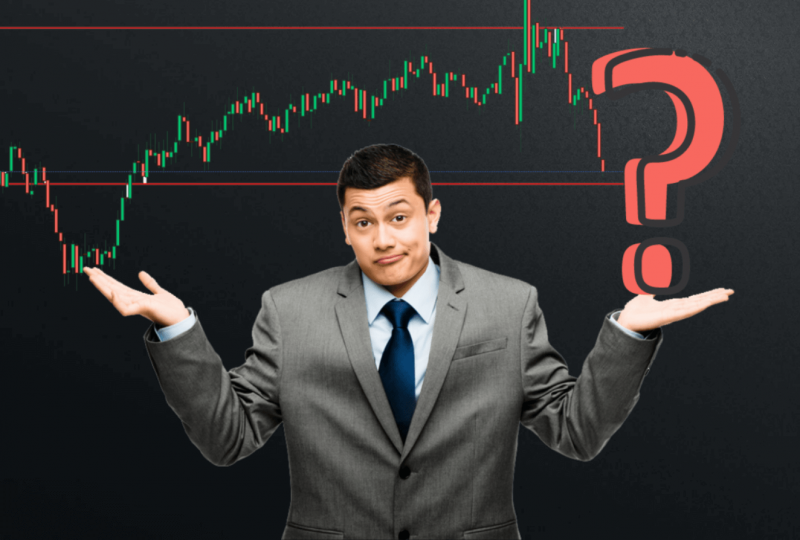As If Omicron Weren’t Enough, Congress is Fighting Over Debt And Spending Again
Dec 04, 2021

Markets are spooked by the Omicron strain and inflation fears. As if investors didn't have enough to worry about, the country's officials are squabbling about debt and spending in ways that might lead to the government shutting down.
Again.
On Friday, all eyes will be on the November employment report, which is expected to show a healthy labor market as a result of an economy that has defied the most pessimistic forecasts. Despite reaching a deal late Thursday to keep the government-financed until February, Washington's feuding factions will be engaged in a Sisyphean fight to protect the country from defaulting on its debt.
The country's financial battle, like that of Freddie Krueger, Jason Vorhees, and John McClain (the Bruce Willis character), will not die.
Although Congress has achieved a deal to keep Uncle Sam's home open for the time being, the debt ceiling remains an issue. The statutory limit will be crossed on December 15, according to Treasury Secretary Janet Yellen, putting the world's largest economy in technical default.
As the Morning Brief has repeatedly highlighted, party bickering about the debt is tiresome and agonizing, but the implications of a hypothetical default would be disastrous. Even a last-minute agreement may not save the United States from having to swallow the harsh pill of accountability, as it did in 2011 when S&P downgraded the country's AAA credit rating.
Another rating or a debt showdown couldn't come at a worse moment. Bond investors were forcing up interest rates (also known as the nation's borrowing costs) due to rising inflation until Omicron appeared.
While Yahoo Finance's Brian Cheung reported on Thursday that a showdown over debt and spending could unsettle markets by upturning stocks, overwhelming the safe-haven buying that sent yields into reverse, and cutting into growth, a showdown over debt and spending could unsettle markets by upturning stocks, overwhelming the safe-haven buying that sent yields into reverse, and cutting into growth.
The government is officially funded until the middle of February, but Washington has kicked the can down the road once more. According to S&P Global Markets, a shutdown may reduce growth by 0.11 percentage points for each week the government is shuttered. This equates to a weekly rate of $1.8 billion on an annual basis.
In an analysis released on Thursday, Beth Ann Bovino, chief U.S. economist at S&P Global, said, "Turning the government off and on comes with a cost."
"Indeed, even during previous President Donald Trump's administration, the January 'weekender' shutdown wasn't without consequences," she noted. According to statistics from the Congressional Budget Office, "the most recent 35-day shutdown from fourth-quarter 2018 to first-quarter 2019 was so severe that it decreased GDP by 0.1 percent and 0.2 percent, respectively."
A shutdown would exacerbate inflationary pressures and give the Fed "additional problems," according to Bovino. And it gets worse: the threat of a US default looms in the background, which S&P has warned may be "much worse than the collapse of Lehman Brothers in 2008," wreaking havoc on markets and the global economy.
The Committee for a Responsible Federal Budget (CRFB) highlighted that Congress had failed to enact appropriations bills on time for the 25th consecutive year, and cautioned that the consequences of a default would be severe, even as further deficit spending would contribute to the poisonous combination of high debt and inflation.
"Ideally, raising the debt ceiling should be a joint effort by both sides." According to Maya McGuineas, head of the CRFB, "ideally they should do this while also taking measures to reduce the debt, as they have done many times in the past."
"Regardless, we can't afford to play chicken with the US government's full confidence and credit - we need to increase the debt ceiling soon, and the fact that we haven't done so yet is foolish," she concluded.




